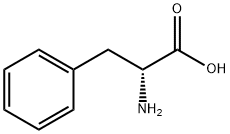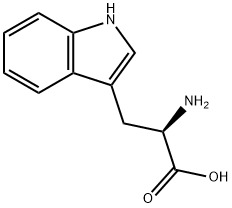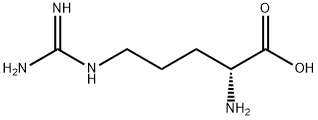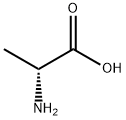D-Phenylalanine , 98% , 673-06-3
Synonym(s):
(R)-2-Amino-3-phenylpropionic acid
CAS NO.:673-06-3
Empirical Formula: C9H11NO2
Molecular Weight: 165.19
MDL number: MFCD00004270
EINECS: 211-603-5
| Pack Size | Price | Stock | Quantity |
| 5G | RMB28.80 | In Stock |
|
| 25G | RMB48.80 | In Stock |
|
| 100G | RMB148.00 | In Stock |
|
| 500G | RMB492.80 | In Stock |
|
| 2.5kg | RMB1759.20 | In Stock |
|
| others | Enquire |
PRODUCT Properties
| Melting point: | 273-276 °C(lit.) |
| Boiling point: | 293.03°C (rough estimate) |
| alpha | 33.5 º (c=2, H2O) |
| Density | 1.1603 (rough estimate) |
| refractive index | 34 ° (C=2, H2O) |
| storage temp. | Store at RT. |
| solubility | Methanol (Slightly), Water (Slightly) |
| form | Powder |
| pka | 2.2(at 25℃) |
| color | White to off-white |
| Water Solubility | 27 g/L (20 ºC) |
| Merck | 14,7271 |
| BRN | 2804068 |
| Stability: | Stable. Incompatible with strong oxidizing agents, acids, bases. |
| InChIKey | COLNVLDHVKWLRT-MRVPVSSYSA-N |
| LogP | 0.235 (est) |
| CAS DataBase Reference | 673-06-3(CAS DataBase Reference) |
| EPA Substance Registry System | D-Phenylalanine (673-06-3) |
Description and Uses
D-Phenylalanine, also known as D-alpha-Amino-beta-phenylpropionic acid, is a kind of non-proteinogenic amino acid. The biological function of D-phenylalanine remains unclear. However, it has certain anti-depressant, analgesic activities and pharmacological activity at niacin receptor II. The mechanism action of its analgesic activity seems to originate from its inhibition of enkephalin degradation by the carboxypeptidase A. Enkephalins are part of your body’s natural pain relief system. When they are broken down by enkephalinase, this contributes to the sensation of pain. D-Phenylalanine is specifically thought to be beneficial for reducing feelings of chronic pain. D-phenylalanine has been used with mixed results to treat chronic pain, including pain caused by rheumatoid arthritis. The primary use of D-phenylalanine as a health supplement is the relief of discomfort.
D-Phenylalanine, the stereoisomer of L-Phenylalanine (P319415) has been used in the synthesis of Schaeffer’s acid analogues as important structures in tuberculostatic design. They exhibit the ability to inhibit Mycobacterium tuberculosis type II dehydroquinase.
Safety
| Symbol(GHS) |  GHS07 |
| Signal word | Warning |
| Hazard statements | H315-H319-H335 |
| Precautionary statements | P261-P271-P280 |
| Hazard Codes | Xi,C |
| Risk Statements | 34 |
| Safety Statements | 24/25-45-36/37/39-27-26 |
| WGK Germany | 3 |
| RTECS | AY7533000 |
| Hazard Note | Irritant |
| TSCA | Yes |
| HS Code | 29224995 |
| Toxicity | TDLo orl-hmn: 500 mg/kg/5W-I:GIT JACTDZ 1(3),124,82 |




